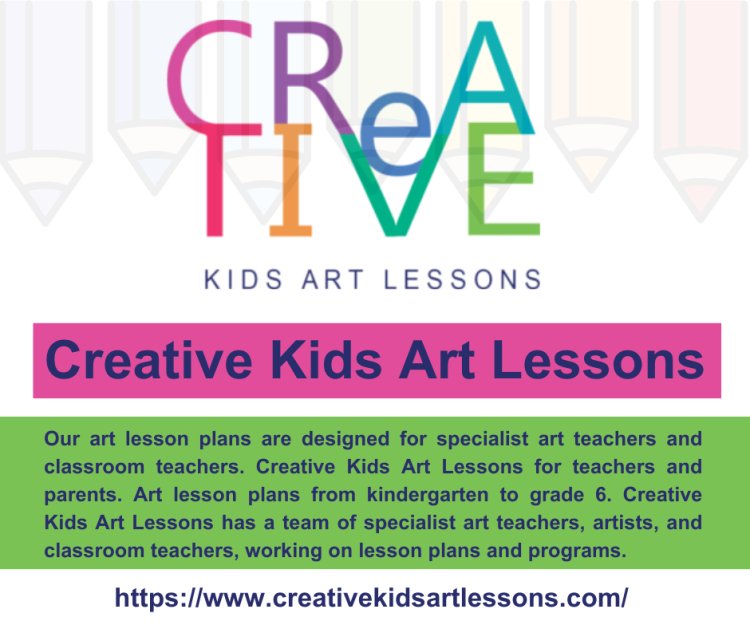Art Lesson Plans for Teachers: Creative Ideas for Every Grade
Share this Post to earn Money ( Upto ₹100 per 1000 Views )

Introduction
Art education plays a crucial role in fostering creativity and critical thinking skills in students. Well-designed art lesson plans can transform the classroom into a dynamic learning environment where students explore their artistic potential. This guide offers practical strategies and sample lesson plans to help teachers create engaging and educational art projects for their students.
Importance of Art Education
Art education is essential in developing well-rounded students. It encourages creativity, improves motor skills, and enhances cognitive abilities. By incorporating art into the curriculum, teachers can help students express themselves, develop problem-solving skills, and gain an appreciation for different cultures and perspectives. Moreover, art education supports emotional growth, allowing students to process and communicate their feelings through creative expression.
Developing Effective Art Lesson Plans
Creating effective art lesson plans requires careful consideration of various factors.
Consider Student Age and Skill Level
Tailor lesson plans to suit the age and skill level of your students. For younger students, focus on basic techniques and simple projects that build foundational skills. Older students can tackle more complex projects that challenge their creativity and technical abilities.
Aligning with Educational Standards
Ensure that your art lesson plans align with educational standards and curriculum requirements. This helps integrate art education into the broader educational framework, making it a meaningful part of students’ learning experiences. Refer to national and state standards for art education to guide your lesson planning.
Sample Art Lesson Plans
Providing concrete examples of art lesson plans for different grade levels can help teachers implement these strategies effectively.
Elementary School
For elementary students, focus on simple projects that introduce basic concepts. A lesson plan might involve creating self-portraits using crayons and watercolors. This project teaches students about proportions, color mixing, and self-expression. Start with a brief discussion about portraits, show examples, and guide students through creating their own artwork.
Middle School
Middle school students can handle more complex projects. An example lesson plan could involve a printmaking activity. Students can carve designs into linoleum blocks and use ink to create prints. This lesson teaches about negative and positive space, texture, and the printmaking process. Begin with an introduction to printmaking history and techniques, followed by hands-on carving and printing.
High School
High school students benefit from advanced projects that challenge their skills. A suitable lesson plan could involve a multimedia collage project. Students gather various materials, such as magazine clippings, fabric, and paint, to create a collage that represents a social issue. This project encourages critical thinking, creativity, and discussion about societal topics.
Tips for Successful Art Lessons
Preparation is Key: Have all materials ready before the lesson begins.
Clear Instructions: Provide step-by-step instructions and demonstrate techniques.
Encourage Creativity: Allow students to express their ideas and make their own artistic choices.
Classroom Management: Establish clear rules and procedures to maintain a productive environment.
Assessment: Use rubrics to assess students’ work based on creativity, effort, and technical skills.
Conclusion
Art education is a vital component of a comprehensive education. By developing effective Art Lesson Plans For Teachers and implementing them successfully, teachers can inspire students and foster a lifelong appreciation for the arts. Use the strategies and examples provided in this guide to create engaging and educational art experiences for your students.

















